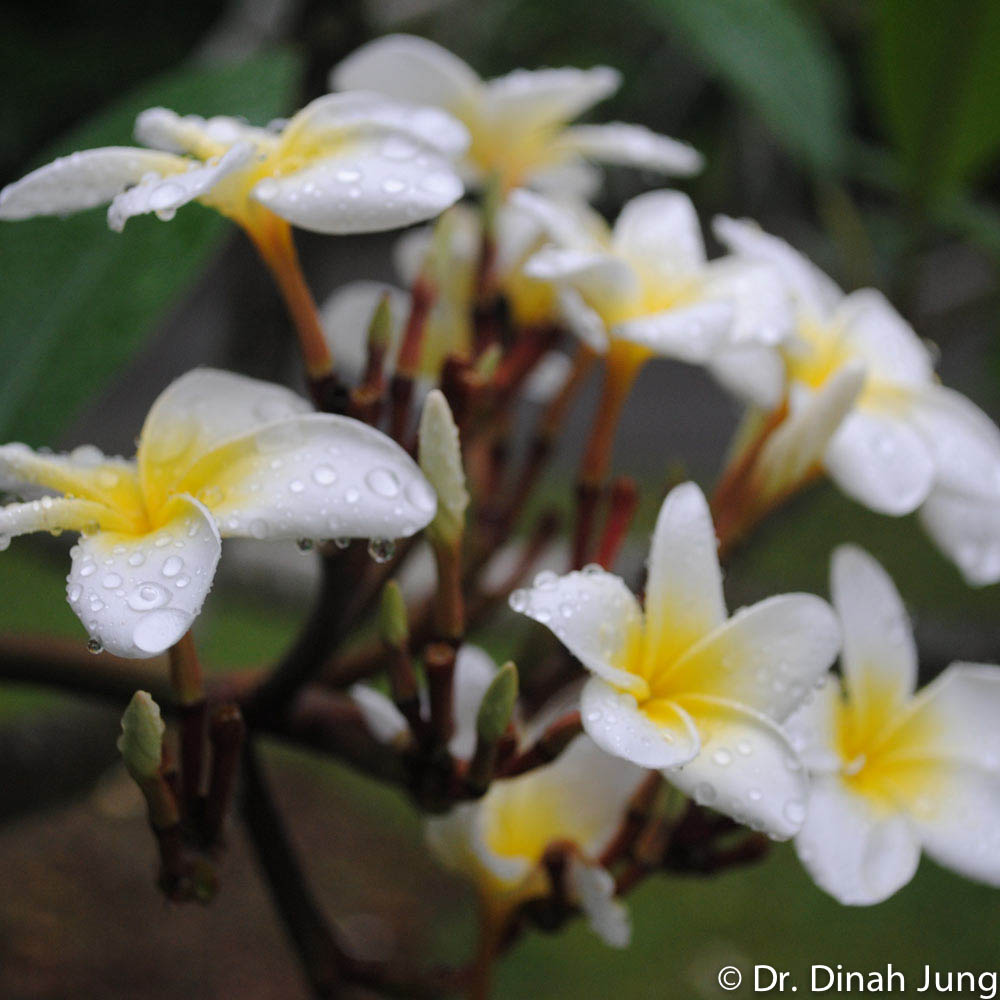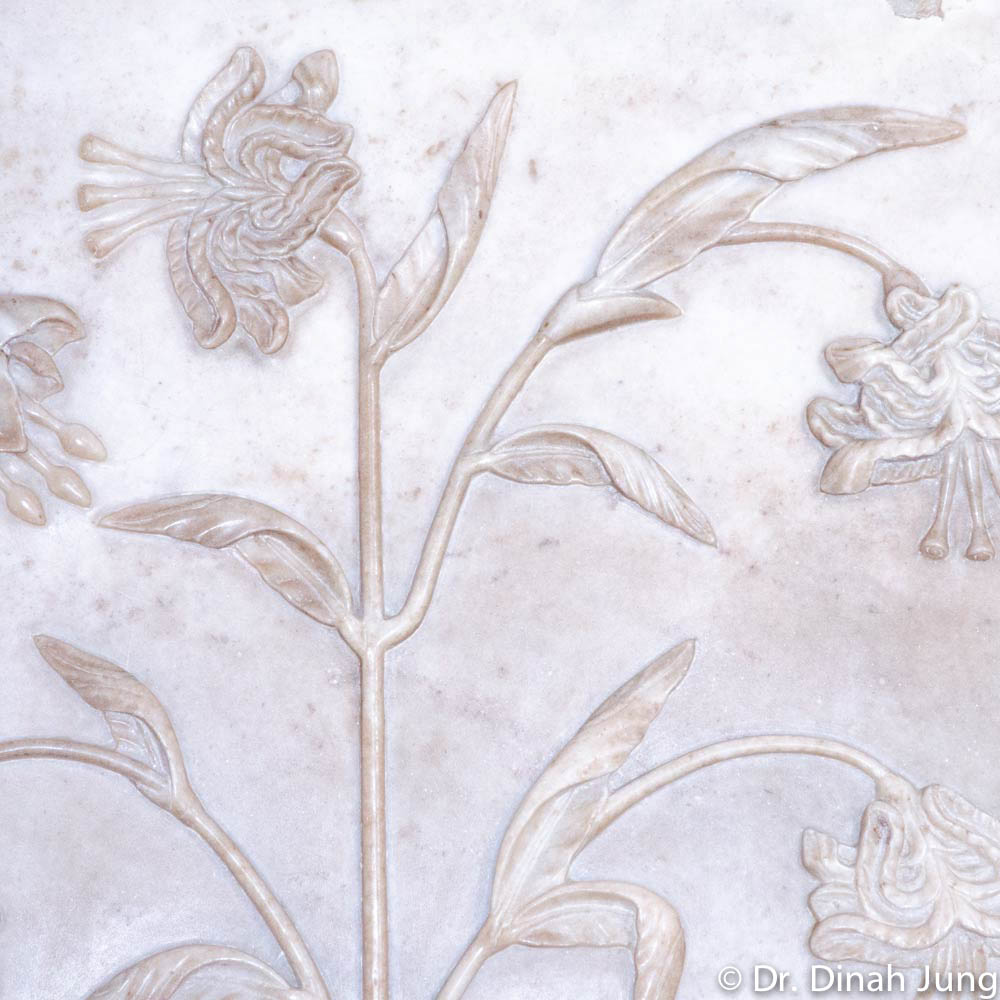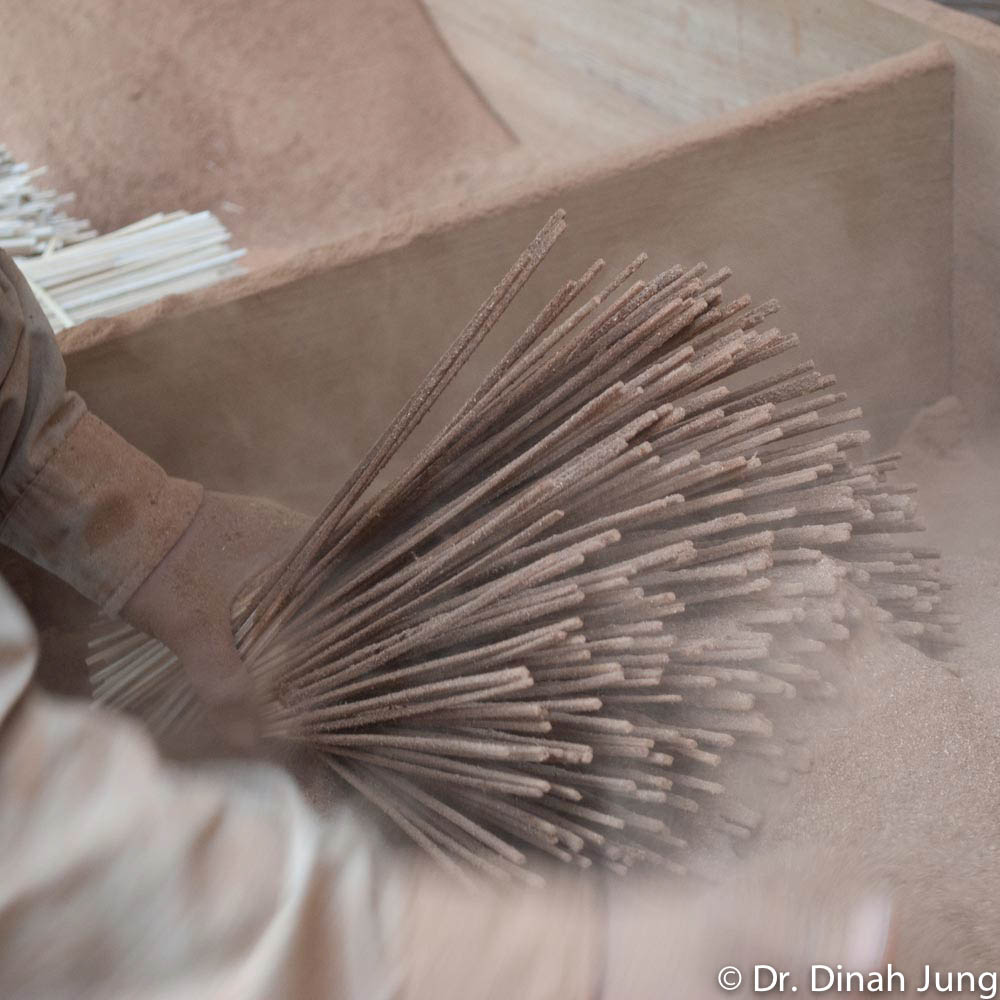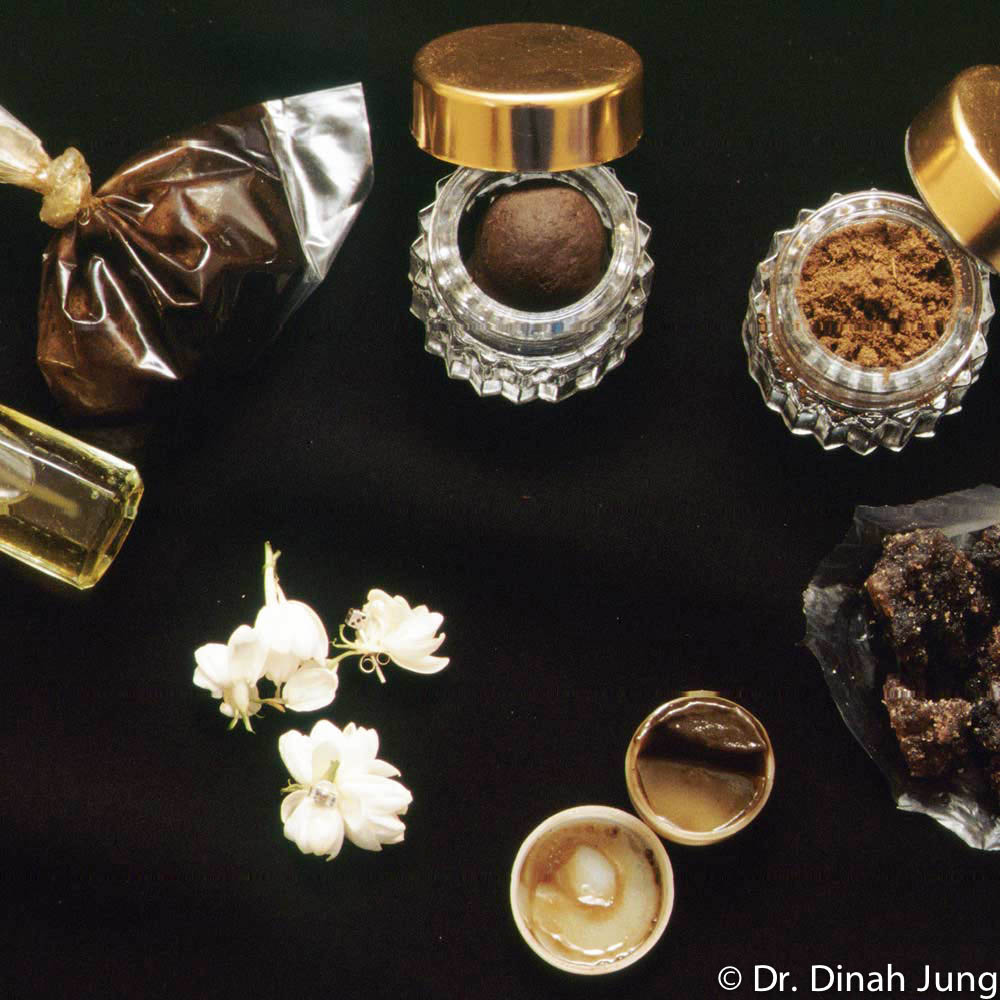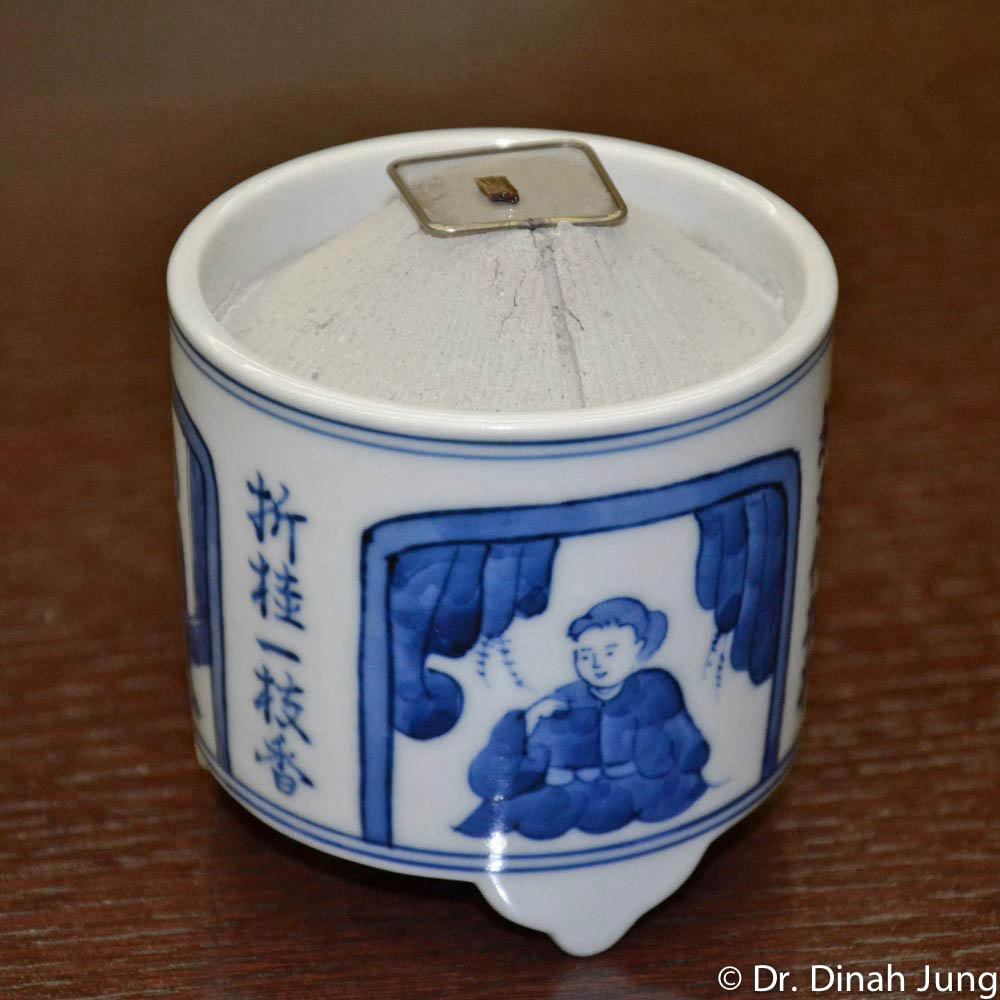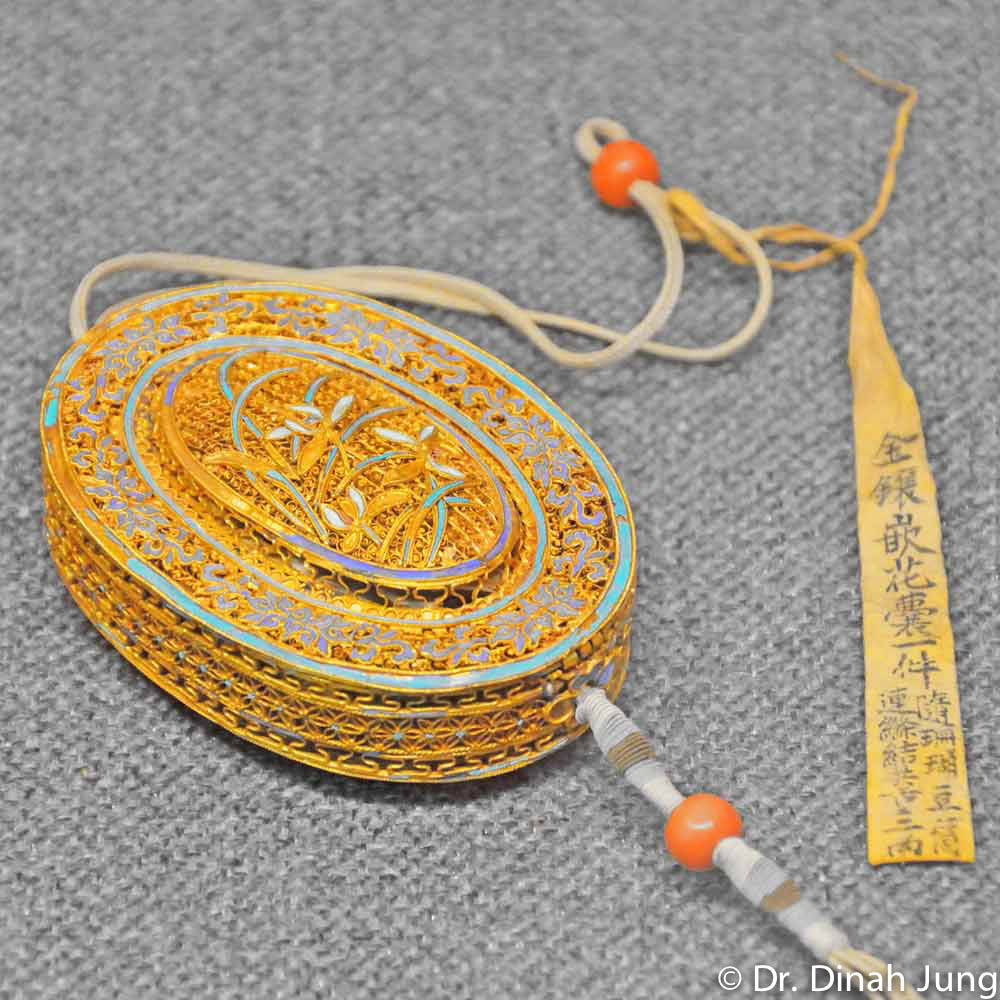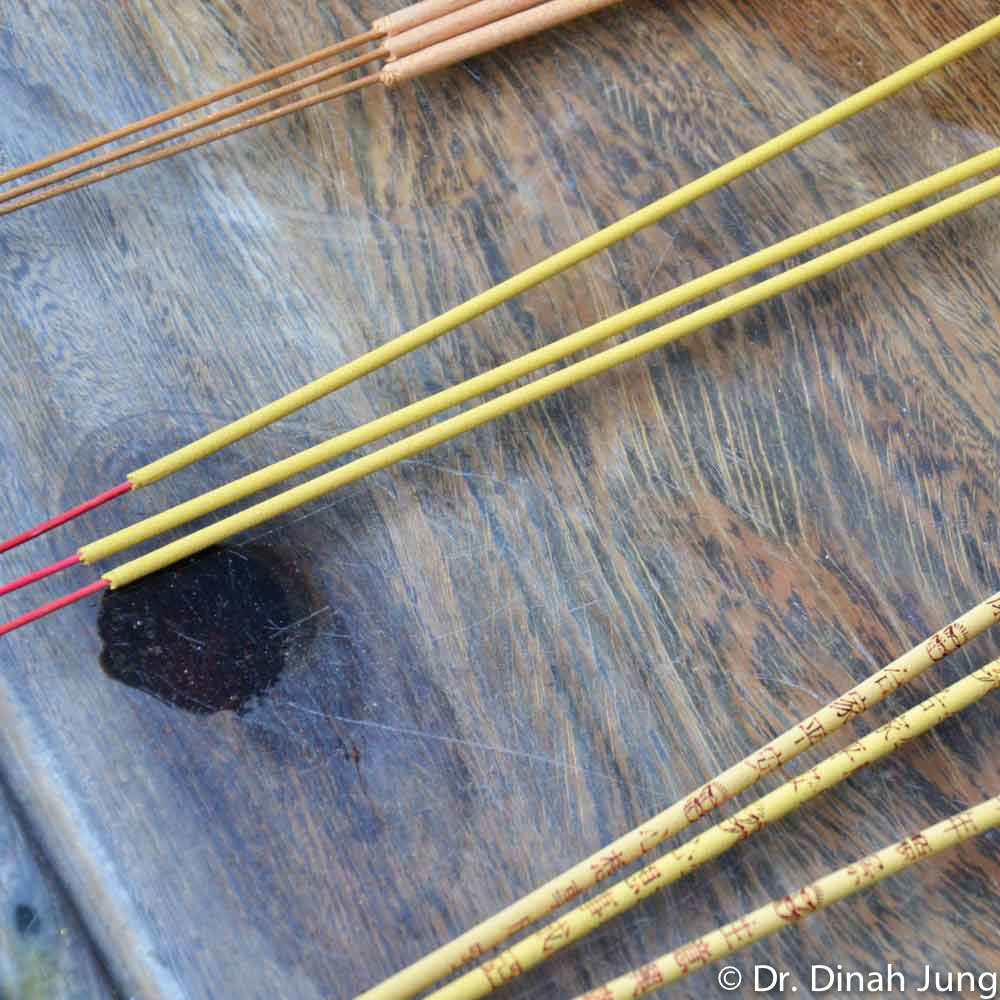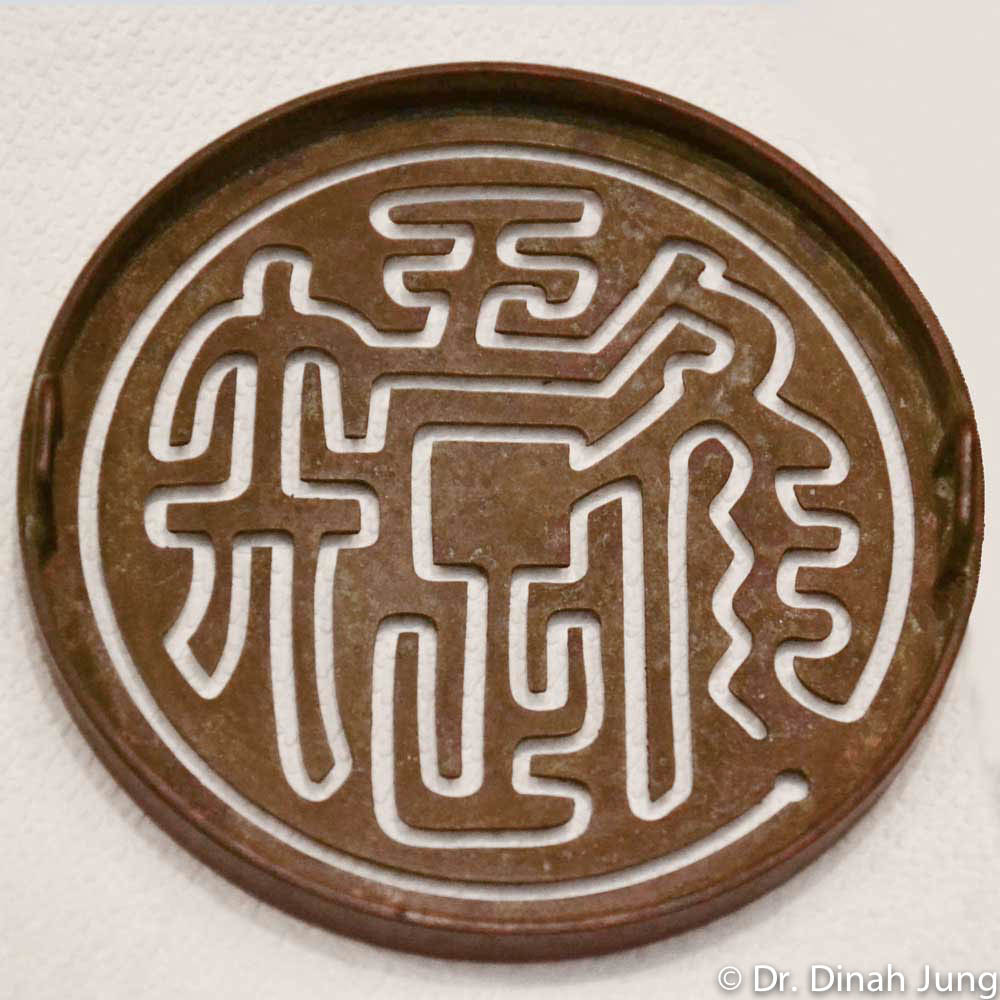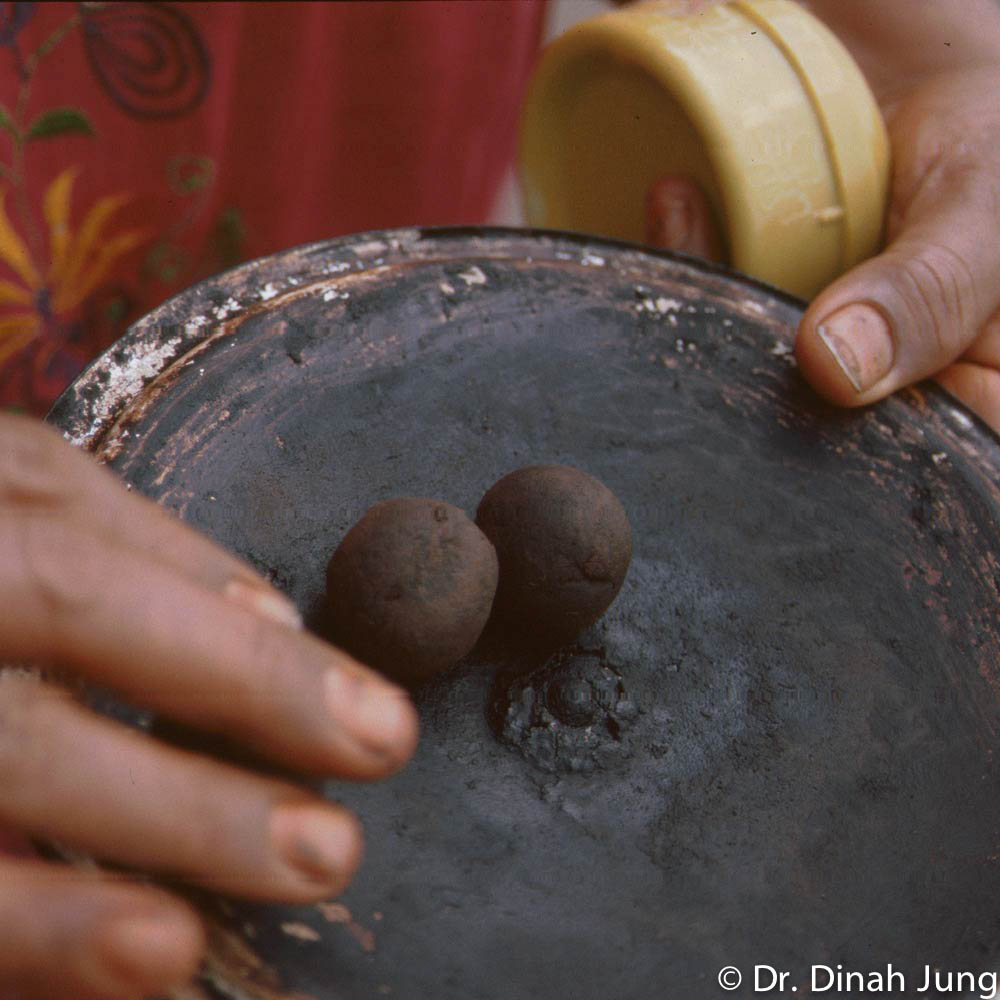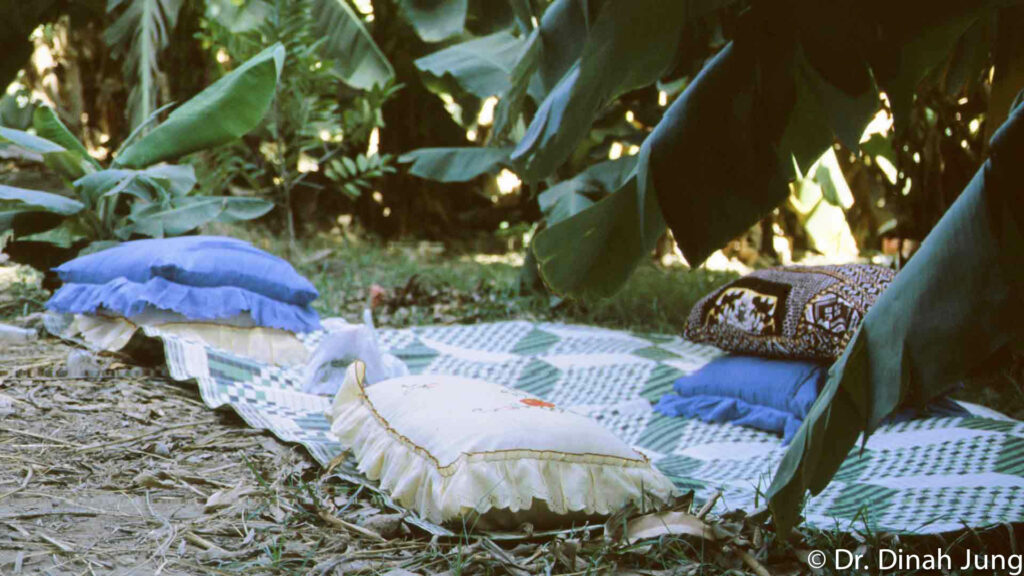the threefold heritage
Perfumery has hardly ever been acknowledged as a valuable heritage – especially the perfumery arts beyond the Western world. However, Asia’s treasury speaks for itself.
(in respect of the UNESCO criteria)
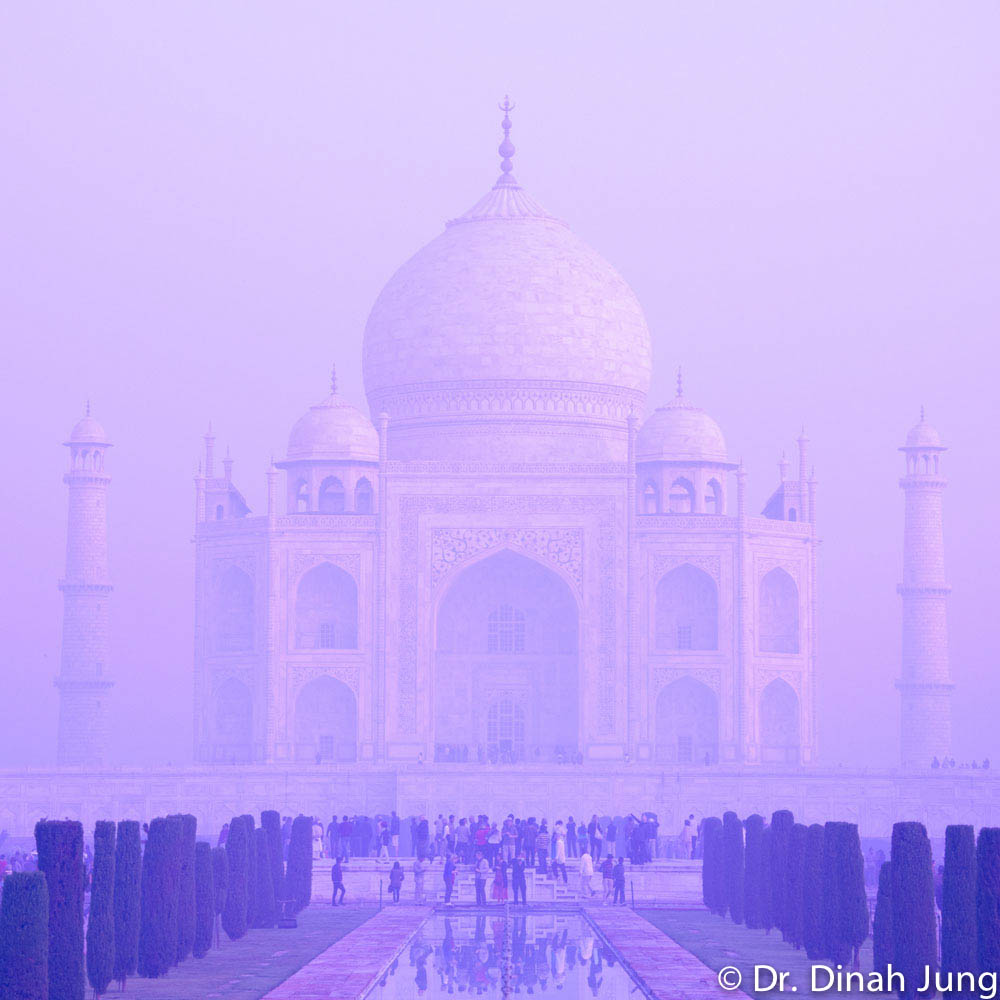
cultural heritage
- Representing landscapes, growing areas of raw materials, trade entrepôts, as well locations of the fine use of aromatics with their distinctive infrastructure and visible achievements.
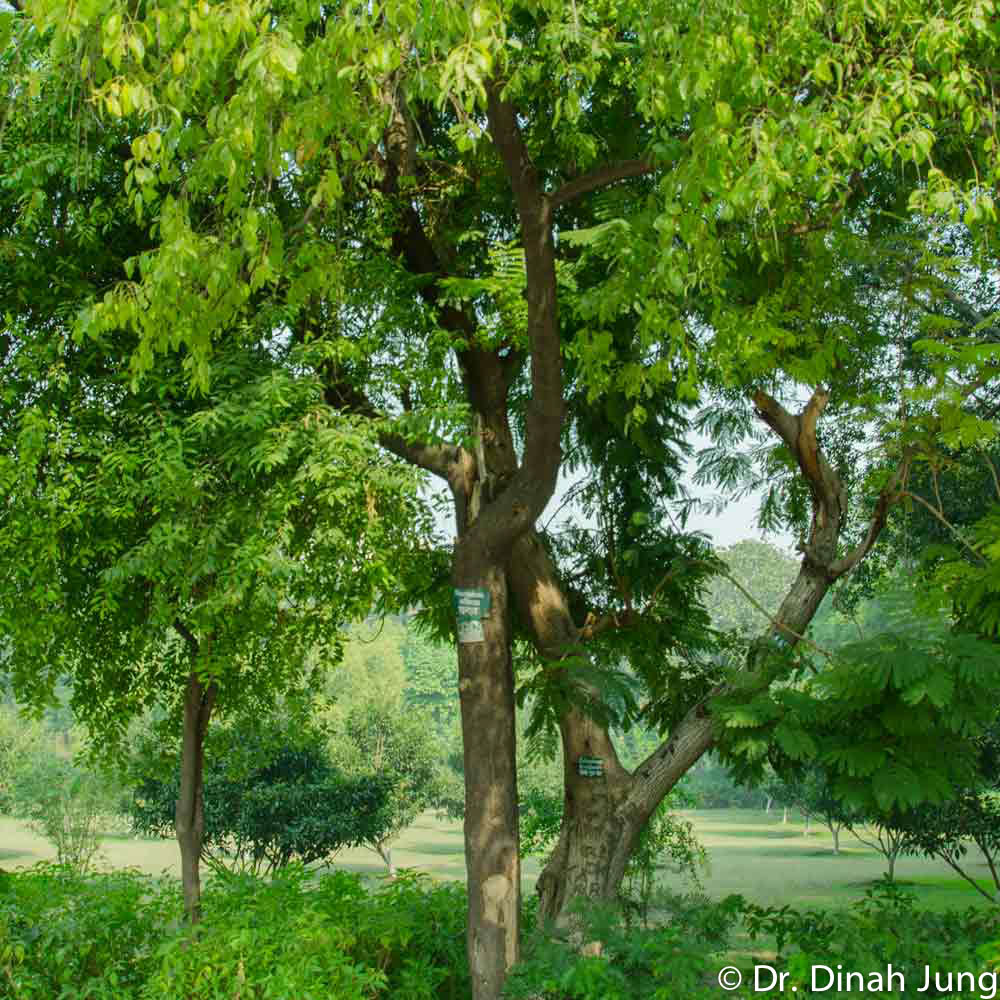
natural heritage
- Mirroring Asia’s diverse and unique climates and natural features that led and supported the development of an abundant, unique and diverse (fragrant) flora.

cultural intangible heritage
- Representing practices, representations, expressions, knowledge, skills – as well as instruments, objects, artefacts and cultural spaces associated therewith.
- Recognized by communities, groups, and in some cases, individuals, as part of their cultural heritage.
- Transmitted from generation to generation.
- Constantly recreated by communities and groups in response to their environment, their interaction with nature and their history.
- Providing with a sense of identity and continuity, thus promoting respect for cultural diversity and human creativity.
further information about the heritage
visual impressions
A collection of pictures will give you a better idea of the wealth and aesthetics of Asian perfumery practices.





